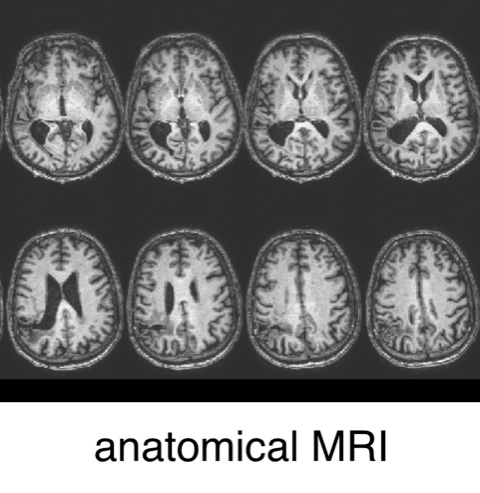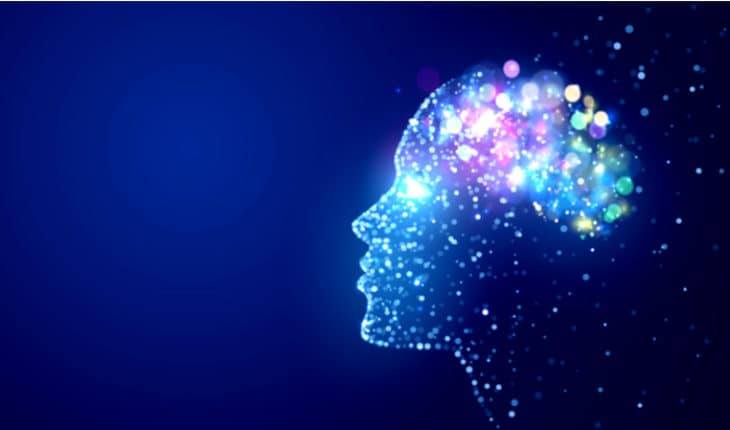New research gives hope for sight recovery in stroke survivors: Researchers have used MRI imaging to map visual brain activity in stroke survivors with sight loss that gives new hope for rehabilitation and recovery.
Scientists from the University of Nottingham have revealed new insights by combining data from clinical sight tests with brain imaging to precisely map the areas of the brain affected by sight loss. This allows identification of visual brain areas where function could potentially be improved with rehabilitation. The research, which was funded by the charity Fight for Sight has been published today in Frontiers in Neuroscience.
Every year around 150,000 people in the UK have a stroke with roughly 30% experiencing some kind of sight loss as a result. Visual field loss is a common and devastating complication of cerebral strokes. This type of sight loss, called hemianopia, affects one side of a person’s vision and is caused by damage to the visual pathway in the brain.
A visual field test called perimetry is the current gold standard for measuring residual visual field coverage. However it has limitations. Its coverage is often coarse, it requires good attentional engagement of participants, and provides only indirect information about where in the visual pathway the key processing deficit is located. This limits the ability to identify potential strategies for visual rehabilitation – in terms of location in the visual field and the kinds of visual stimuli most likely to support recovery.
This new study combines detailed perimetry and multiple brain imaging datasets from four stroke survivors which shows that perimetry can be augmented with brain imaging data to provide a novel measure of residual visual field function. This combined approach provides potential for a personalized approach to therapy – guided by functional activity patterns in the post-stroke brain.

Example of anatomical images (that are also used by clinicians) to show location and extent of stroke damage
By examining different types of brain scans we can actually see areas of ‘residual vision’ – places where the eyes and brain can still process images, even if this doesn’t reach awareness. Using MRI to pinpoint these areas of functional vision, clinicians could work with the stroke survivor and train them to recover some function in that particular spot.
The research also showed that the same visual field loss can be caused by very different patterns of brain damage. This highlights the need for individualised rehabilitation plans for stroke survivors.
Fight for Sight is the leading UK charity dedicated to stopping sight loss through pioneering research and funded this research project. Ikram Dahman, Chief Executive Officer (Interim) at Fight for Sight said: “This important research gives new and much-needed hope for people experiencing sight loss due to brain injury after a stroke. This work could truly be transformative in people’s recovery, helping to restore independence and improve overall quality of life. We look forward to the important outcomes of this study.”
- Mouth cancer: signs you must not ignore - 14th November 2025
- Global Atrial Fibrillation Awareness Week - 14th November 2025
- New research uncovers how the microbiome helps fight melanoma - 14th November 2025







